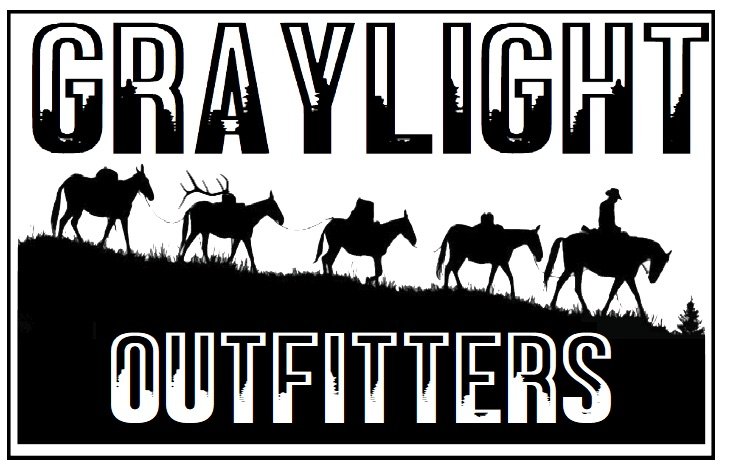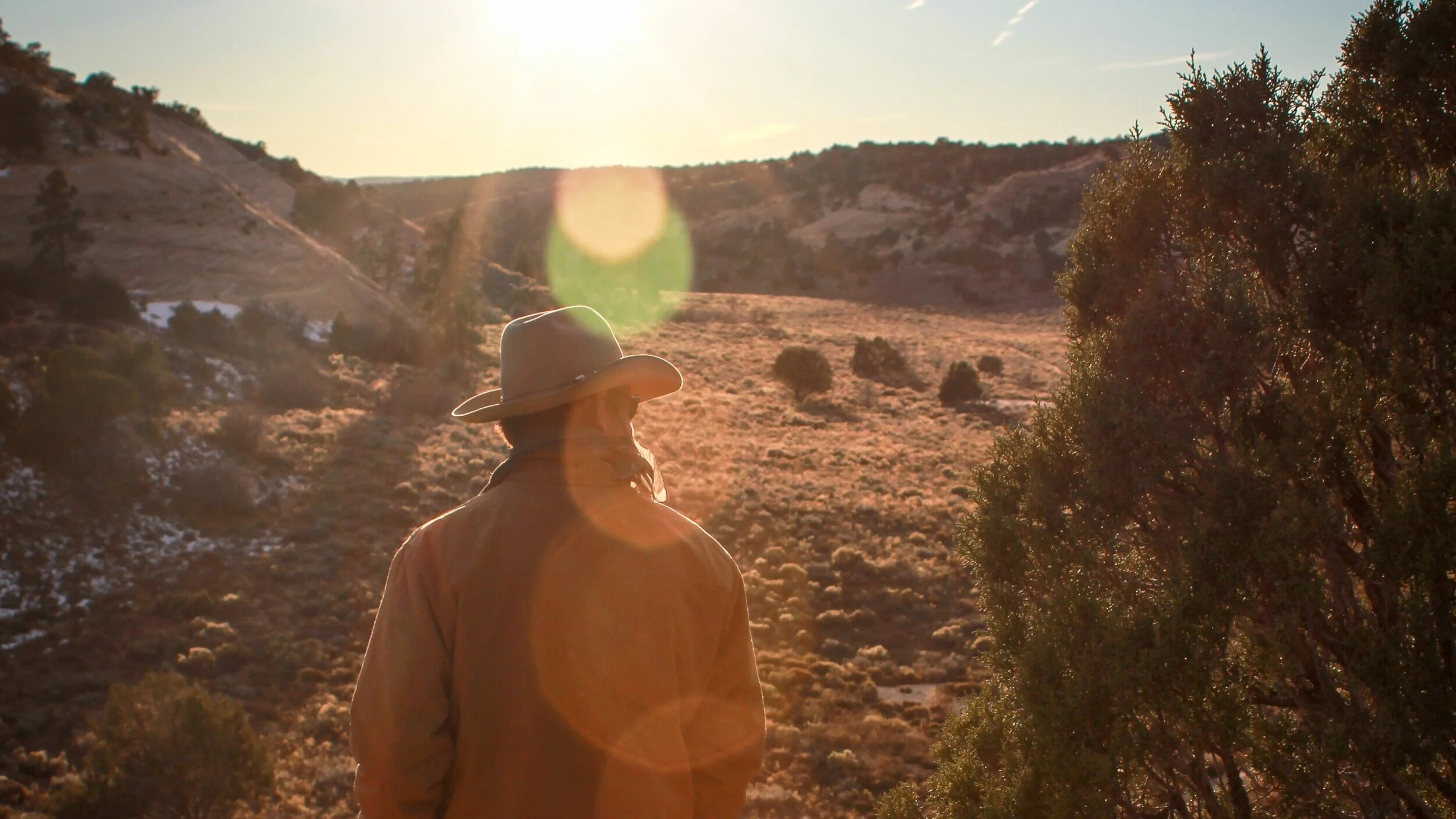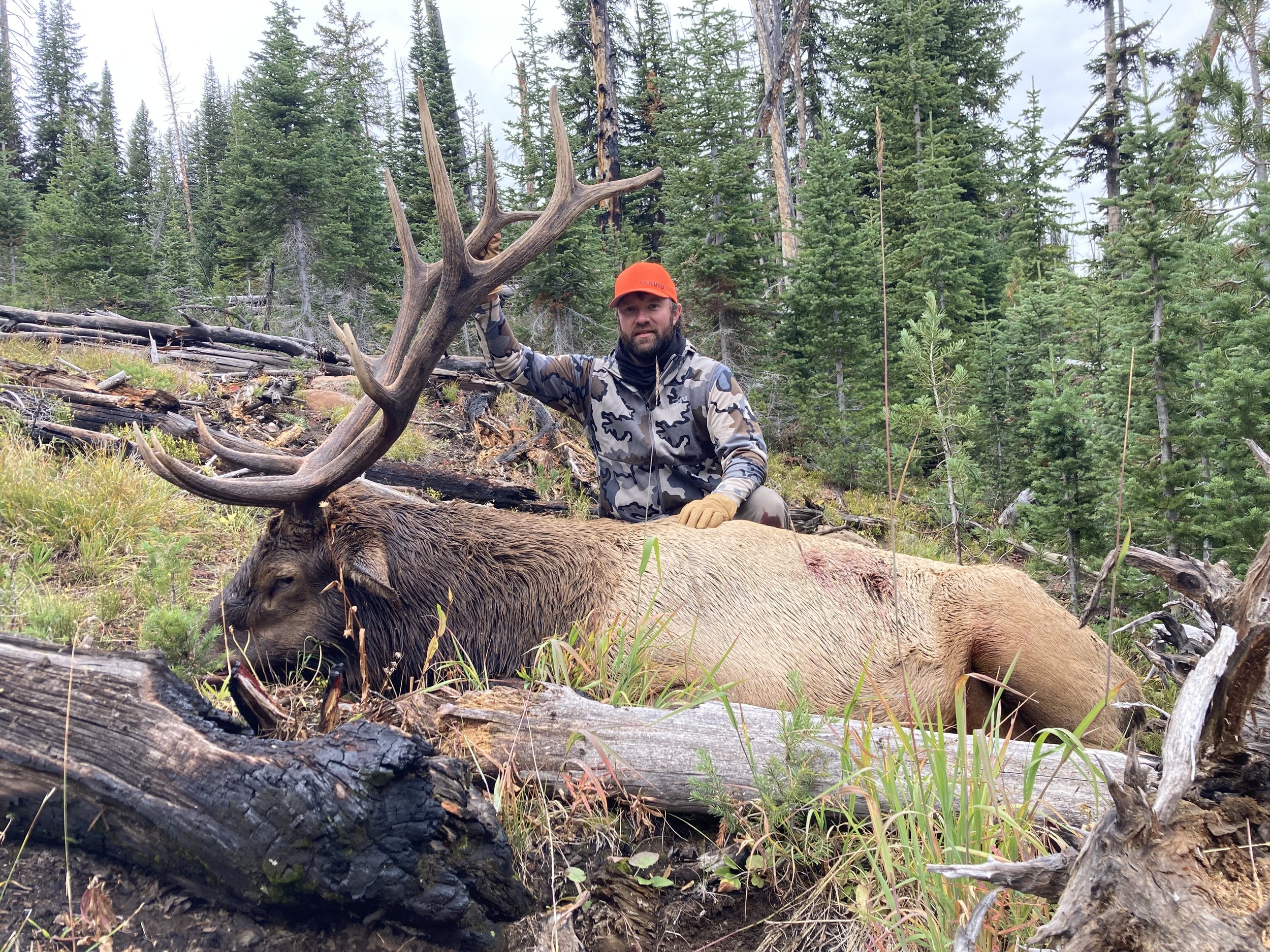Creating Lifelong Memories: A Father-Daughter Fly Fishing Adventure on the Buffalo Fork
There’s something truly special about sharing the outdoors with your children — especially when it comes to teaching them to fish. As a father of three daughters myself and a Wyoming fly fishing guide, I’ve seen firsthand how fly fishing trips can create bonds that last a lifetime.
That’s why this August, Graylight Outfitters is offering a unique, all-inclusive father-daughter fly fishing trip along the breathtaking Buffalo Fork of the Snake River in Wyoming’s remote Teton Wilderness.
Why a Father-Daughter Fly Fishing Trip?
Fishing is more than just catching trout. It’s about slowing down, unplugging from the noise, and creating shared experiences that deepen your relationship. On this trip, dads and daughters will ride horseback 12 miles into a pristine wilderness camp — far from the crowds and distractions — to fish for native Snake River cutthroat trout in a truly wild setting.
Whether your daughter is just starting out or already a budding angler, this trip offers expert guidance, all the gear you need, and a chance to learn together in one of America’s last wild places.
What Makes the Buffalo Fork So Special?
The Buffalo Fork is a high-country freestone stream with cold, clear water and a thriving population of native Snake River cutthroat trout. In August, these trout eagerly rise to dry flies, making it a dream destination for fly fishers of all ages.
Because this trip is backcountry and remote, you’ll experience unpressured water where trout are abundant and active. That means more chances to catch and release beautiful fish — and more moments of excitement and wonder.
A True Wilderness Experience
Getting to camp means riding 12 miles on horseback, immersing yourself in the rugged beauty of the Teton Wilderness. Your days will be filled with fishing, learning, laughter, and exploration, while evenings bring warm campfires and hearty meals under the stars.
This trip isn’t about luxury — it’s about connection. Connection to nature, connection to the people you love, and connection to memories that will last a lifetime.
Why You Should Book This Trip Today
Limited to just five father-daughter pairs, this guided trip offers:
Expert Wyoming fly fishing guides focused on helping you succeed
All-inclusive gear, meals, and accommodations
Personalized instruction for all skill levels
A safe, supportive environment for daughters age 10 and up
An unforgettable wilderness adventure on the Buffalo Fork of the Snake River
If you’re a dad who wants to teach your daughter the love of fishing — or just looking for a meaningful way to spend time together in nature — this trip is for you.
Ready to Start Your Adventure?
Spots are limited and fill up fast. Visit Graylight Outfitters today to reserve your place for August 6–9, 2025, and give your daughter a gift she’ll treasure forever.







